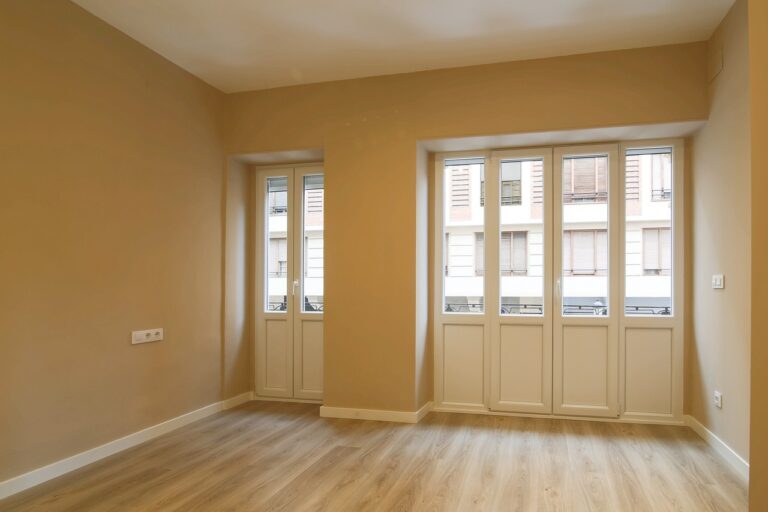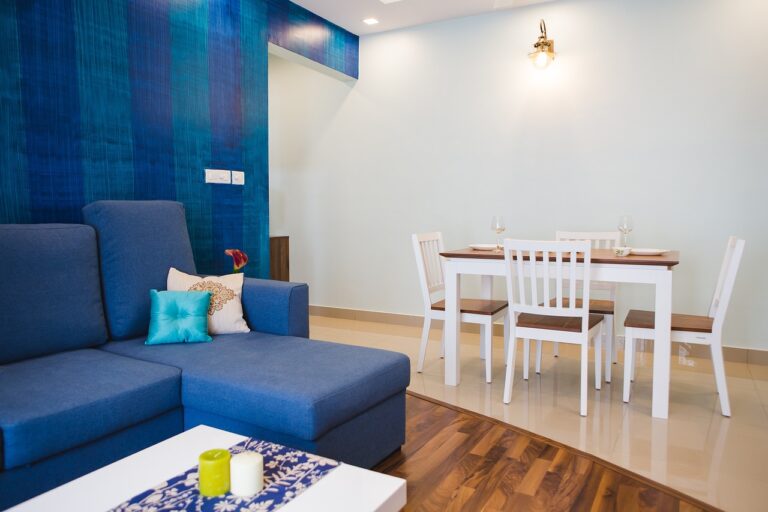Creating a Basement Home Office: Ergonomic Design Tips
sky247 com login password, 11xplay new id sign up, play99exch:Creating a Basement Home Office: Ergonomic Design Tips
Working from home has become increasingly popular in recent years, with many individuals opting for the comfort and convenience of a home office. If you’re considering setting up a workspace in your basement, it’s essential to prioritize ergonomic design to ensure a comfortable and productive work environment. Here are some tips to help you create a basement home office that is both functional and ergonomic.
1. Choose the Right Location
When setting up a home office in your basement, it’s crucial to choose the right location. Select a space that receives natural light and has adequate ventilation to create a comfortable working environment. Additionally, consider the proximity to amenities such as a bathroom and kitchen to minimize interruptions during your workday.
2. Invest in Quality Office Furniture
One of the most important aspects of creating an ergonomic home office is investing in quality office furniture. Choose a desk and chair that are adjustable to accommodate your height and ensure proper posture while working. Look for ergonomic designs that provide adequate back support and promote good sitting habits.
3. Set Up Proper Lighting
Proper lighting is essential in any workspace, especially in a basement where natural light may be limited. Invest in task lighting such as desk lamps or overhead lights to illuminate your work area effectively. Avoid harsh fluorescent lighting, as it can cause eye strain and headaches.
4. Organize Your Workspace
A cluttered workspace can lead to decreased productivity and increased stress levels. Take the time to organize your basement home office by designating specific areas for work-related items such as files, office supplies, and equipment. Use storage solutions such as shelves, cabinets, and desk organizers to keep your workspace tidy and efficient.
5. Consider Soundproofing
Basements can be notoriously noisy, with sounds from overhead footsteps, HVAC systems, and appliances disrupting your work. Consider soundproofing your basement home office to create a quiet and focused environment. Use acoustic panels, rugs, and curtains to absorb unwanted noise and improve the acoustics of your workspace.
6. Incorporate Plants and Greenery
Adding plants and greenery to your basement home office can improve air quality and create a more relaxing atmosphere. Choose low-maintenance indoor plants such as snake plants, pothos, or peace lilies to brighten up your workspace and promote a sense of well-being.
7. Create a Comfortable Workstation
Your workstation should be set up in a way that promotes good posture and reduces strain on your body. Ensure that your monitor is at eye level, your keyboard and mouse are within easy reach, and your chair supports your lower back. Take breaks and stretch regularly to prevent stiffness and discomfort.
8. Personalize Your Space
Make your basement home office a place that inspires creativity and productivity by personalizing the space. Add artwork, photos, or motivational quotes to the walls, and incorporate decor that reflects your personal style and interests. Creating a space that you enjoy spending time in can boost your mood and enhance your work performance.
FAQs:
Q: How can I maximize natural light in my basement home office?
A: Consider installing larger windows or adding a skylight to bring in more natural light. You can also use light-colored paint and furniture to reflect light and brighten up the space.
Q: What are some essential ergonomic accessories for a home office?
A: Adjustable monitor stands, ergonomic keyboard trays, and footrests are essential accessories that can help improve your posture and reduce strain on your body.
Q: How can I prevent eye strain while working in front of a computer?
A: Position your monitor at arm’s length away, with the top of the screen at or slightly below eye level. Take regular breaks to look away from the screen and blink to prevent dry eyes.
In conclusion, creating an ergonomic basement home office is essential for maintaining your health and productivity while working from home. By following these design tips and prioritizing comfort and functionality, you can create a workspace that supports your well-being and enhances your work performance.







